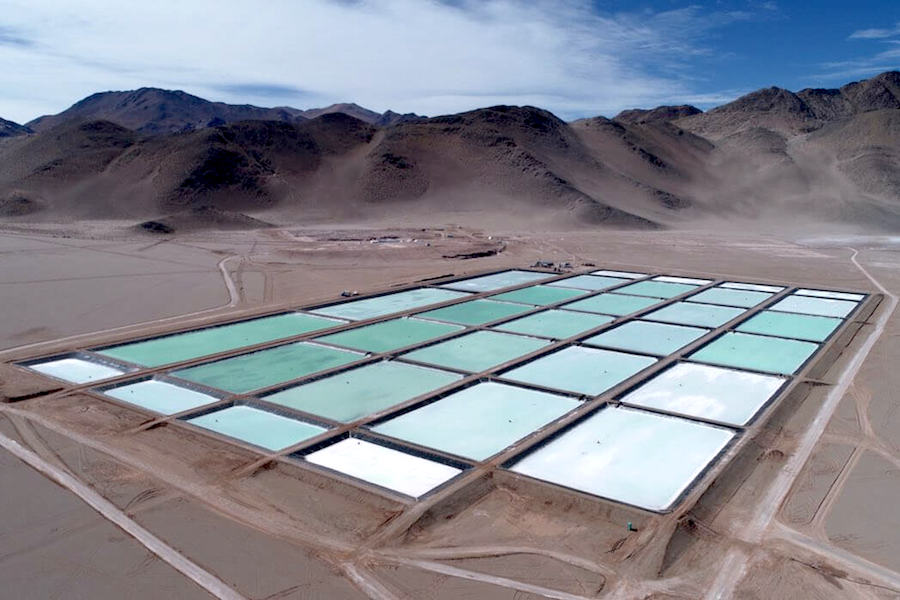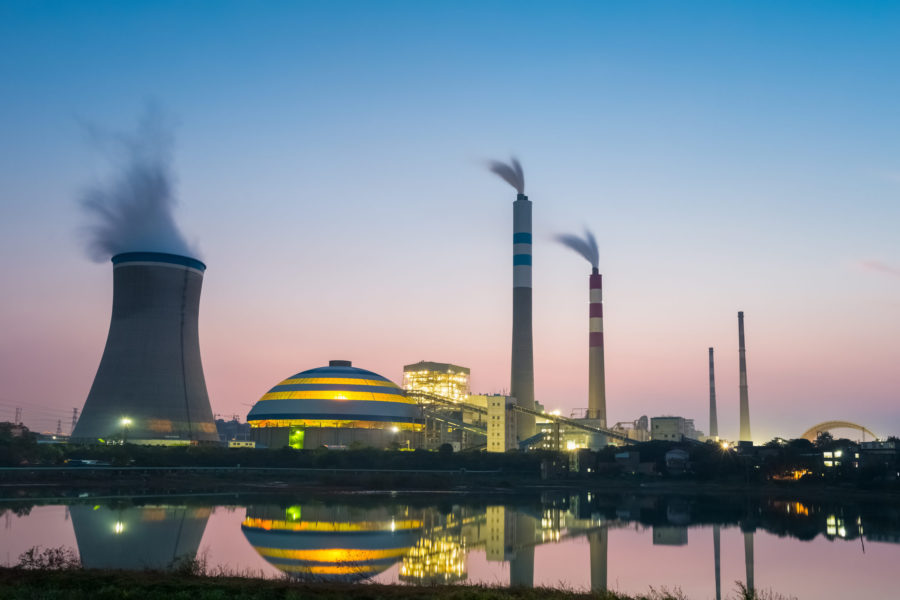EV battery recycling – can it plug the gap?
The speed and scale at which the electric vehicle (EV) revolution advances seems to be overtaking the rate at which the industry can keep up. With new announcements coming from battery manufacturers, automotive manufacturers and governments on a weekly basis, many factors are the cause of much uncertainty. One crucial factor is the supply of battery raw materials for lithium-ion battery (LIB) production – will there be enough lithium, cobalt, nickel and graphite to support an electrified world? Using recycled LIB materials has the potential to alleviate some supply pressure.
Diversifying battery raw materials supply
The reliance on Asia for batteries and battery raw materials is a key concern for the rest of the world as without them, there is no EV revolution. Aside from raw materials supply, described in the previous insight, battery manufacturing is also concentrated in Asia. China, South Korea and Japan currently make up around 80% of LIB manufacturing capacity.
The US government’s most recent list of critical minerals was released in February, lithium and cobalt included. The reality is that for the quantities of battery raw materials required, there will be huge dependence on Asia. One of the few ways of securing these minerals is through recycling.
Recycling reduces the carbon footprint of EVs
The push for electrification is, to some extent, a consequence of efforts to reduce carbon emissions. Not only do consumers want the carbon emissions to be minimised whilst driving an EV, requiring a ‘clean’ source of electricity, the carbon footprint of the EV and battery manufacture would ideally be as low as possible to minimise the total lifecycle emissions.
Various studies have been carried out to compare the lifecycle emissions of internal combustion engine (ICE) vehicles and EVs. Consensus is that battery manufacture and more specifically the associated mining of raw materials contributes significantly to the EV lifecycle emissions. Our recent insight “How green is an electric vehicle on a well-to-wheel basis?” looks at the environmental impact of EVs through their lifecycle.
Using recycled material instead of ‘virgin material’ would certainly promote the ‘green’ status of electric vehicles and their contained batteries. Of course, recycling methods vary in terms of energy intensity, efficiency and production of waste products.
Some key challenges may hold back a wave of secondary battery raw materials
Recycling LIBs from portable electronics can be used to highlight some of the challenges that will need to be overcome before secondary material from spent EV batteries begins to re-enter the supply chain. The many hurdles involved with recycling portable electronics LIBs have led to a large proportion ending up as waste in landfills or stockpiled. In the EU for example, the collection rate of LIBs was estimated to be around 5% in 2010 forcing legislation to be put into place to improve collection rates to 45% by 2016 and recycling rates to 50% of those collected.
Battery chemistries are changing
Uncertainty around future battery technologies and chemistries mean that ‘future-proof’ recycling technologies need to be developed. That being said, we expect conventional LIB technology to still be the prevalent EV battery type to at least 2025. The development time for new battery technologies, new vehicles and their respective supply chains means that even when new technologies are developed, implementation into vehicles is even further down the line.
Due to the lifetime of EV LIBs, typically between 8 to 10 years, recyclers do have an idea of what kind of LIBs will need to be recycled over the next decade. On top of this, a certain amount of spent EV batteries will have a second-life in the ESS market, essentially delaying the time before recycling is necessary.
Cheaper batteries are less economical to recycle
For battery makers and consumers, the lower quantity of expensive material used in EV batteries is of course a positive but when it comes to recycling, this translates to less value per kg of material recycled. This has been the case in China where the majority of EVs have used LFP batteries. The intrinsic value of the key metals in LFP cells is the lowest of all the major EV batteries currently on the market.
Cost effective extraction of lithium from LFP cells is still under development and it seems that the re-use route may be more lucrative for auto and battery makers for the time being. Using our latest battery raw materials price assumptions, the value of lithium inside the cathode of a 30kWh LFP battery will be less than US$150 from 2020, assuming 100% recovery of metal.
Recycling will have an impact, but only in the long term
EVs sales are still very small and this means recycling in five to ten years won’t necessarily disrupt supply, however recycling networks need to be developed now. Subsequent deficits in battery raw materials will make EV battery recycling a necessity. Nevertheless, our assumptions on recycled material still can’t fill an expanding supply gap towards the end of 2030. We only expect recycled material of significant quantities post 2030.
(By Milan Thakore, Wood Mackenzie Research Analyst)
More News
Rio Tinto creates lithium unit after completing $6.7B Arcadium deal
Deal positions Rio Tinto among the world’s largest lithium miners, trailing only US-based Albemarle and Chile’s SQM.
March 06, 2025 | 03:44 am
US withdrawing from plan to help major polluters move from coal
Just Energy Transition Partnership, which consists of 10 donor nations, was first unveiled at the UN climate talks in Glasgow, Scotland in 2021.
March 05, 2025 | 04:16 pm
{{ commodity.name }}
{{ post.title }}
{{ post.excerpt }}
{{ post.date }}



Comments